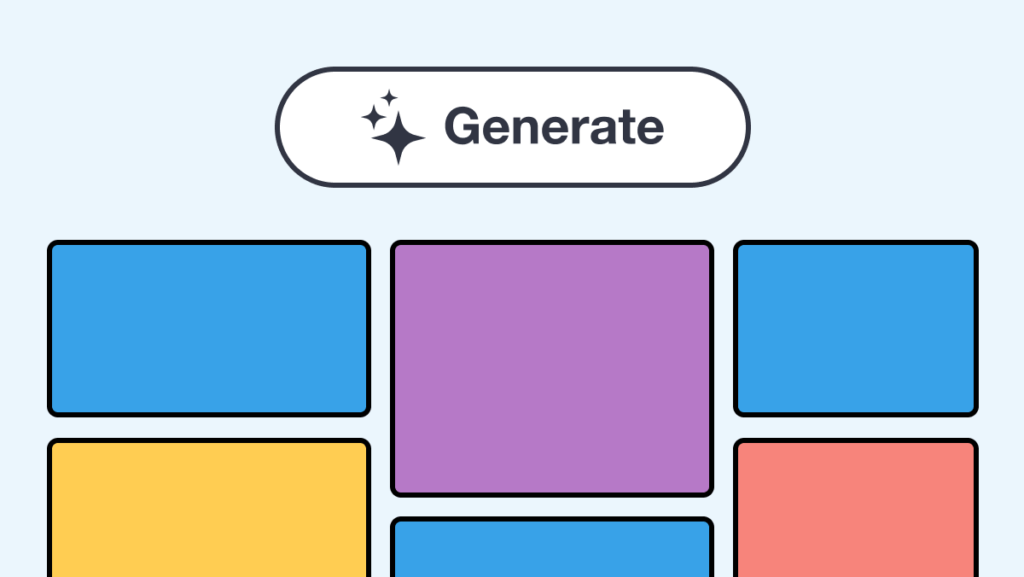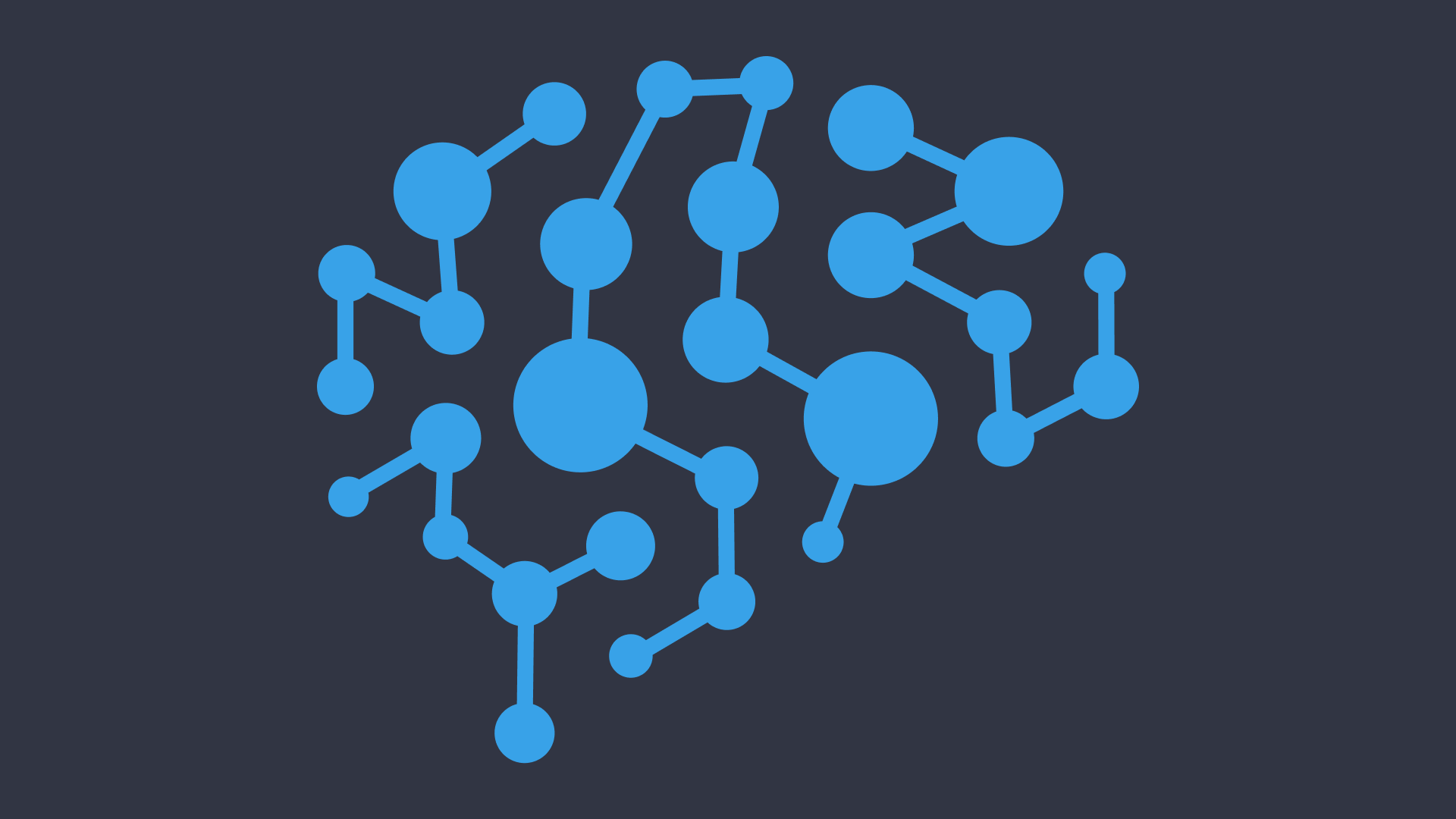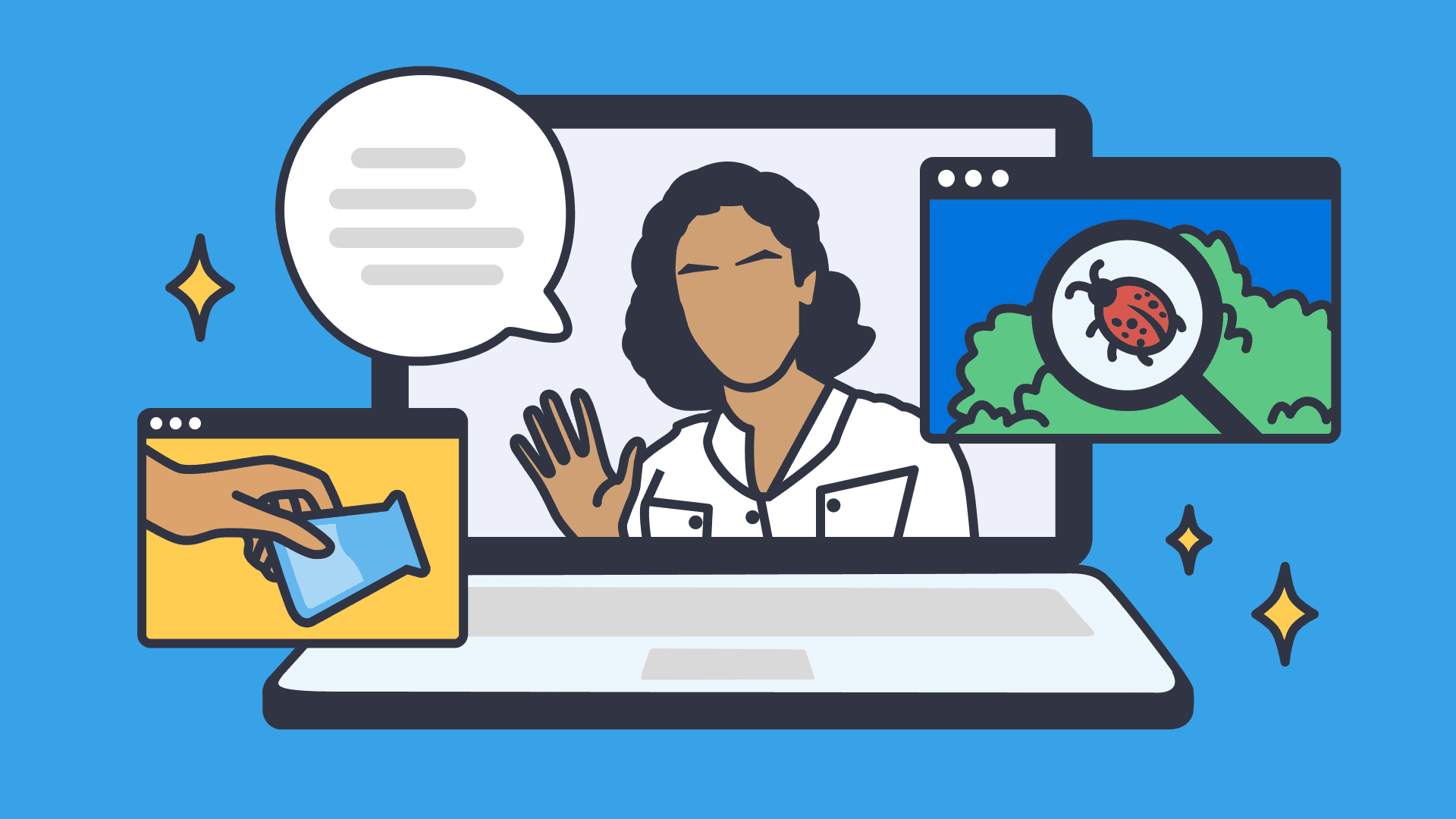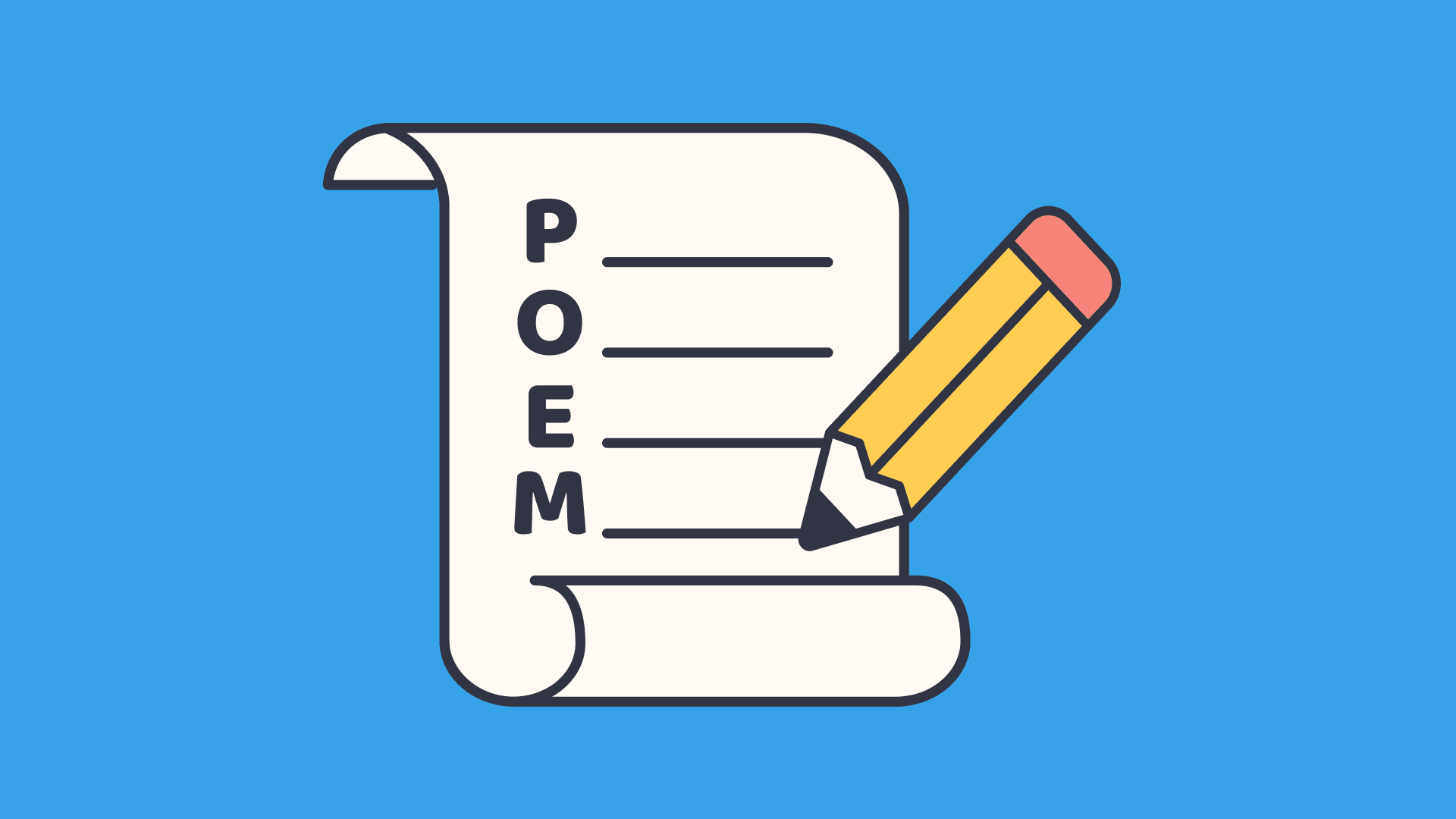How teachers can use AI in the classroom
In this guide
In today’s rapidly evolving educational landscape, teachers are constantly seeking innovative tools and strategies to enhance learning experiences and meet the diverse needs of their students. One such tool that has garnered significant attention in recent years is Artificial Intelligence (AI). From personalized learning platforms to intelligent tutoring systems, AI offers a wealth of opportunities to transform the traditional classroom into a dynamic and adaptive environment tailored to each student’s unique strengths and learning style.
In just over a year, ChatGPT went from a technology that pockets of people were testing out to one of the biggest stories in the news cycle. As a teacher, I saw very few students using it during the last school year. Now, most of my students use it on a daily basis for a variety of tasks from organizing notes to silly conversations to alleviate boredom. This exponential shift is not something schools are designed for so it has understandably sparked fear, confusion, and excitement all at the same time.
Artificial Intelligence is going to be used by our students and the rest of the world whether we like it or not. So, it is important for educators to look for ways AI can improve the learning experience while at the same time helping students navigate the implications this new technology will have on the future of our society.
One of the first two paragraphs was written using ChatGPT by feeding in the prompt “write an introduction for a blog article about How Teachers Can Use AI In The Classroom.” Can you guess which one? How can you tell?
Hopefully, the second paragraph sounds more authentic and personal (even if the grammar might not be as on point). The first paragraph was written in less time than it took me to type in the prompt.
In fact, this entire article could have been written in under 30 seconds using ChatGPT. My hope (and belief) is that you will find a lot more value in what I have to say than a Large Language Model (LLM) like ChatGPT.
This article, like the suggestions I detail in it, are meant to demonstrate how AI can elevate our teaching and learning rather than automating or replacing it.

How can AI help teachers in the classroom?
My teaching career started at roughly the same time YouTube launched. Although there was very little content on the platform at that time, it quickly became one of my favorite tools when looking for resources to use in class.
I can still remember sitting in the teacher’s lounge with my mentor teacher and trying to explain to him how the site worked and where the videos came from. I was unable to get him to fully understand the concept before he retired but what stuck with me the most was his view that it would replace teachers if we were not careful. I do not know if it was my naivete or idealism as a young teacher but I just could not see how he would be right.
I noticed the same concern arise about 10 years later when I led my school’s adoption of a new Learning Management System (LMS). My colleagues generally liked the product but some were hesitant to implement it, fearing that the technology would eventually make their job obsolete.
Now, it is pretty rare to see a classroom not regularly using online video content and an LMS on a regular basis. These two tools have become great supports for teachers to create meaningful learning experiences.
Artificial Intelligence is now entering that same initiation phase in education. While I admit that the disruption of AI on how we do things in education will be much greater than video or an LMS, it is also clear that it is not going away. So instead of fearing it or trying to block it, we need to find ways to harness its power to improve our role as educators and increase opportunities for student learning.
How I use AI to support learning
AI will only get more prevalent so incorporating it into our regular workflow as teachers can maximize our efforts and ensure that our students are prepared for a world with AI integrated into all areas of their personal and professional lives.
Digital tools have no personalities, intentions, or desires. They are what we make of them.
Isaacson, 2014
Like any tool or technology, having a specific and strategic plan for AI implementation will determine whether or not it actually promotes deeper learning. Most of us have probably used AI in our daily lives whether we realize it or not. Think about the last time you clicked on the suggested response when replying to a Gmail message.
Although AI can be a great productivity tool/virtual assistant, my focus on AI use in the classroom is to find ways it can empower learners to create and promote the higher level thinking skills critical for success in the modern world. AI can remove certain obstacles and add critical supports that increase the opportunities for success for individual learners.
The ideas in this article are meant to be a starting point to begin exploring the ways AI can supplement student learning as opposed to eliminating or replacing tasks.
1) AI policymaking
I think a great first step to utilizing AI in your instruction is to create a set of policies for how it can and should be used in an educational setting. I really love this approach because it gives students a voice in the process and opens up a range of wonderful conversations around ethics, morality, fairness, integrity, and identity.
It can feel like a losing battle to monitor cheating because it puts you in an awkward role as an educator. Emphasizing the aspect of identity and what type of person they see themselves as is a lot more fun and productive than plagiarism detection or punishment. This is a discussion we need to be having as a society and there is no reason that our students should not have a voice in the conversation.
2) Personal tutor/brainstorming
There are a lot of companies launching personal AI tutors for students similar to the virtual assistant you might interact with on some websites. While I have started to play with some of those services, I have yet to implement that into my classes so far. Instead, I have been playing with ways that students can use ChatGPT as a learning assistant.
One of the first things I asked students to do was to start pasting their notes into ChatGPT and asking it to organize them. One of ChatGPT’s strengths is writing in a concise and structured manner (something I am jealous of at times). For years, I have tried to help students be more intentional with how they take notes by using a variety of methods, including The Cornell Note Taking System but it usually takes a lot of class time and the results are marginal.
When students see their own notes organized in a more specific manner it seems to have a bigger impact. The great thing is that they can easily do it each time but I have noticed that they are starting to write their notes in a different manner just by using the system so as they go on they end up using ChatGPT less often.
Another great use for ChatGPT is during the brainstorming or starting phase of a project. We have all seen those students that do not know where to start and are sometimes hesitant to ask for help. Even if they do ask for help, sometimes it is tough to get to each individual student as quickly as they need.
We have started leaning on ChatGPT to help us break through that block to allow more time for the process of creating and doing. Questions as simple as “How should I get started on writing a paper about the impact of colonial America on modern day society?’ or “What are some ideas I could use to represent algebraic equations in a visual manner?” can help spur an idea that gets students moving into the type of active learning critical to meaningful experiences.

3) Image generation
I make a big effort to include visual imagery in all of the courses I teach, no matter what the specific subject matter may be. We live in an increasingly visual world so I find that it both helps students develop their visual intelligence and connects more closely with the type of material they tend to engage with outside of school.
One of the major challenges I have faced over the years though is the lack of confidence many students have when it comes to creating visuals. It is not a major emphasis in school so this underdeveloped skill impairs their ability to communicate visually.
A work around I used to use for this would be to have students simply find an example image online that represents their views on a specific subject. For example, in my U.S. History course I ask students to use a visual to represent their views on how they view America. Each year I would get some really interesting results but typically most of the responses were fairly surface level.
This year, I decided to test out AI Image Generators for the same assignment. It was an experiment but I was blown away by the results. Once students understood what the technology was capable of they began to really engage with the software by adding increasingly detailed and specific prompts.
This image was created using Canva’s Text to Image app and entering the prompt “Represent America using hamburgers, football and a bald eagle.” After waiting about 20 seconds I was given 4 options to choose from.

For this one below, I changed the prompt to “American freedom and diversity” and chose the ‘Dreamy’ filter:

This was the first time during this assignment I have had to actually stop the students in order to move on to our next task. While some of the initial interest was the novelty of the program, it was also clear that their sense of empowerment kept them engaged.
In fact, students are now using these tools regularly to develop concepts and show quick prototypes to get feedback before diving into the creation phase of the design process.
In our class, we typically use the AI Generator apps included in Canva, but there are an increasing number of free options available to experiment with.
4) Visual storytelling
I have been using Adobe products in my classroom for over a decade now and it is usually a steep and painful learning curve for many. As a result, I have looked for more user friendly design programs over the years and limited Adobe to only my advanced classes. This past semester I developed a brand new project for our unit on American conflict in my U.S. History courses. The idea actually came from a student who was playing around with the new AI features in Photoshop during class. I had never used them myself but I quickly saw the potential.
For this unit, I usually assign student groups to a specific war and then they develop a powerful story to tell after researching some of the major themes from the conflict. In the past, they would create a short video, website, or slideshow. This year, they were asked to find a historical photo from that war and then use Photoshop and some of its AI tools to add context to the image in order to help tell their story.
The most amazing part was how little guided instruction I needed to provide for working in Photoshop. By admitting the tools were new to me, students stepped up to explore and experiment while sharing tips and suggestions with their classmates. It was interesting to see how the AI tools made certain tasks much easier but at the same time added another level of depth to the task. Students did not just enter a prompt and let it do its magic. Instead, they were revising prompts, iterating concepts, asking for feedback, and fine tuning details.
Students were able to show the sacrifices of children during WWII by adding historically accurate toys into the backgrounds or the physical and mental toll of the Vietnam War by inserting medical equipment and wounds into an image of a soldier walking down a deserted path.
5) Conversations with historical figures
The impact of AI for this activity is very similar to what I noticed with the Image Generation activity above. I love research and I make it a huge part of my class but it is clear that my love for research is not shared by most students. Usually, when I assign research to students their goal is to complete it as quickly as possible and usually they do not get past the 2nd or 3rd result from their Google Search.
I have found by starting with an AI conversation (using ChatGPT or any other LLM), students are more motivated to dive into the research. Students start by instructing the LLM to respond from the perspective of a famous historical figure. For example, you can use the prompt “please have a conversation with me by taking on the role of Thomas Jefferson.” Then students can ask ‘Mr. Jefferson’ a series of questions such as his role writing the Declaration of Independence, his relationship with Sally Hemmings, and even advice he might give to future generations.
Students will need reminders to keep their questions appropriate and based on major historical events but you will quickly find that their interest level is up and the first step of the research process has begun in a painless fashion.
Now is where the fun part for me comes in as the teacher. I ask students to look back at the transcript of their conversation and pick out 3-5 ideas or responses to look more closely at by conducting additional research. For each item they highlighted, they need to go online and search for credible sources that support the information from the LLM.
Sharing out results as a class not only provides great information about the historical figure but also becomes a great lesson on AI accuracy as well as proper sources and citations.
Note: You can make this activity much more structured by providing a list of questions for students to ask but the students will probably still want to ask their own unique ones as well.
Pros & cons to consider
I am so interested in AI and willing to experiment with it in the classroom right now because I know we are living during Day 1 of this technology. It is only going to get more prevalent in society so I believe we have more power to shape how it will affect our day to day lives if we test it out ourselves. We need to understand and leverage the advantages while discovering the dangers and designing systems to mitigate those possibilities.
Issue number one on every educator’s mind should be privacy and safety for our students. This is where we are taking a bit of a risk because part of being innovative means working in a space where best practices have not been established yet.
I reduce these risks by focusing on a few important factors when determining when and what to use when it comes to AI.
- First, I use a limited number of AI products and ones from major companies that are focused on user protections and ethical applications. For me, that means Adobe, Canva, and ChatGPT at this point.
- Second, we talk about the dangers and misuses of AI in class including how it is being used for misinformation whether that be national elections or cyberbullying. I stress to students to never put personal information or images into AI systems due to the lack of transparency on how that detail is being used at this point.
- Third, I consider the age of my students and the type of things they are already doing online. An elementary age student using the AI design suggestions in Adobe Express is a very different experience than having a conversation with ChatGPT about a controversial subject matter.
Letting students use Google or social media in a classroom comes with potential risks but as an educator I see the transformative powers these tools have on the learning process. AI is in that same category and I want my students to understand and implement AI in a manner that will give them a competitive advantage leaving school.
The global AI market size is expected to increase at a compound annual growth rate (CAGR) of 37.3% from 2023 to 2030 (Maheshwari & Jain, 2024). We therefore can not ignore the implications this will have on the future workforce we are preparing our students for after they graduate. Individuals who can understand and use AI productively will be positioned to thrive in this environment rather than fear becoming obsolete.
Lastly, AI can and should be used to enhance the role of the teacher-learner relationship just like any other piece of technology we use. Removing barriers and adding supports allows us to focus on the truly human aspects of learning that the best and most effective teachers implement to ensure the success of each and every student.
If you want to talk about AI with your students, check out the ClickView curated topic.
References
- Isaacson, W. (2014). The Innovators: How a Group of Hackers, Geniuses, and Geeks Created the Digital Revolution. Simon & Schuster.
- Maheshwari, R., & Jain, A. (2024, February 6). Top AI Statistics And Trends – Forbes Advisor INDIA. Forbes. Retrieved March 13, 2024, from https://www.forbes.com/advisor/in/business/ai-statistics/

Nick Schwab
briefcase iconLearning Experience Designer
Nick combines his background in psychology, education and design to create physical and digital experiences that empower, engage, and excite learners. His passion lies in constantly developing new learning pathways for students that challenge the status quo in education.
Other posts
Want more content like this?
Subscribe for blog updates, monthly video releases, trending topics, and exclusive content delivered straight to your inbox.














